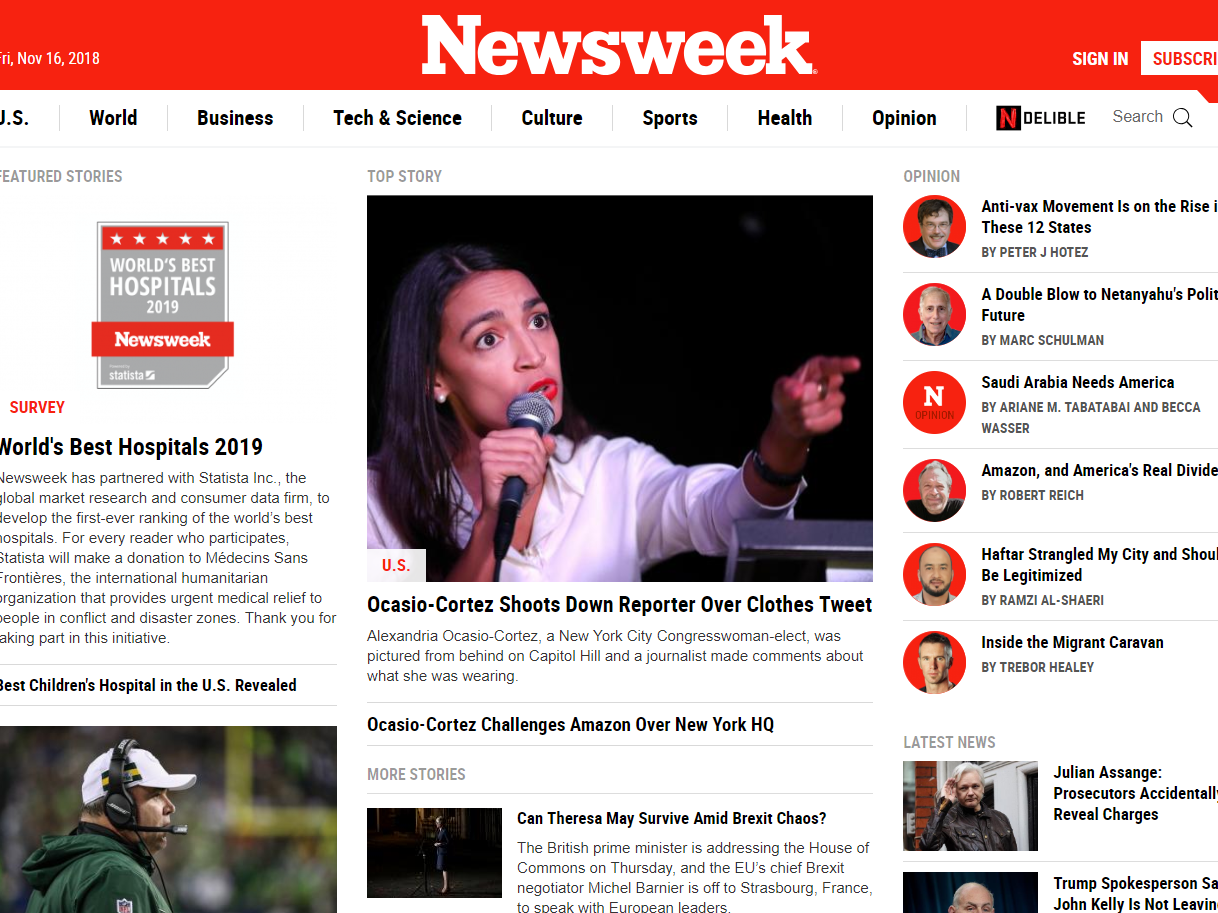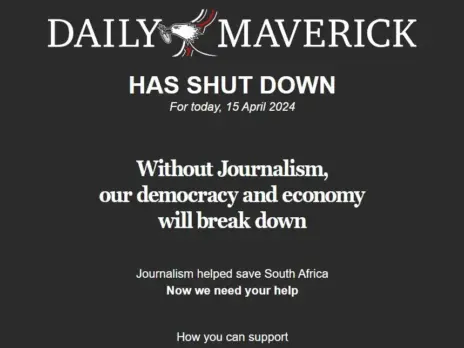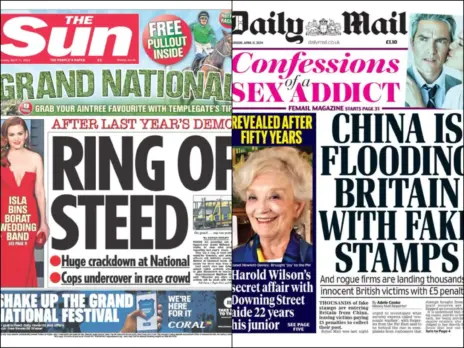
Putting the reader first and making sure content is “distinctive” were among the highlights of Press Gazette’s paywall strategies webinar from the likes of the MD of FT Strategies and the ex-head of digital at The Times.
The session marked the last of Press Gazette’s Future of Media Technology Series, which ran over four hour-long sessions offering expert insights into ad tech, content syndication and content management systems
The final webinar, titled: What are the latest and most lucrative online subscription strategies?, hosted on Thursday last week by Press Gazette editor-in-chief Dominic Ponsford, comprised the following panellists:
- Joe Cronin, deployment consultant at Lineup
- Tara Lajumoke, managing director FT Strategies at Financial Times
- Alan Hunter, co-founder at HBM Advisory and former head of digital The Times & Sunday Times
- Danny Williams, managing director media division at GlobalData
- Felix Danczak, COO at Zephr
Poll result
A poll asked the virtual audience: Where do you see the biggest revenue growth coming from for your business over the next year? Of the 20 votes:
- 68% said online subscriptions
- 32% said online advertising
- 0% said print advertising
- 0% said print subscriptions
FT strategies boss: ‘Our best marketing tool is our great content’
Lajumoke said: “The FT made a conscious decision to prioritise the reader, and whilst we still value other customers through advertising etc., we anchor most efficiently on our understanding of the reader, which actually allows us in several cases to serve many sets of customer as well.”
She said “subscription shouldn’t be a particular department’s goal”, adding: “It’s a problem and opportunity for everyone across the organisation, regardless of role, level, department.”
The FT reached its target of hitting 1m paying subscribers, in digital and print, by 2020 a year early. Nearly 1m of its subscribers are digital, according to figures from earlier this year.
On driving conversion, Lajumoke said: “The first step for us is getting to know our readers through data collection, user behaviour, tracking – and registration was a big emphasis for us, particularly during the imminent ‘cookie-pocalypse’,” with third-party cookies set to end next year.
[Read more: The Death of Third-Party Cookies]
She said encouraging readers to register and offering free or inexpensive subscription trials “are very effective ways to allow access to our value proposition”, adding that the FT’s “best marketing tool is our great content”.
“Giving people access to that through gifting, as another example, has been critical to making the leap and essentially the fundamental benefit there is helping us bridge that gap for anonymous users to begin a relationship with the brand, and also to market the brand, and bring in new customers through social posts, one-click free articles off search, newsletters…”
Lajumoke said the FT tries to identify readers who are most likely to subscribe “and focus our efforts on those particular segments, as opposed to a mass market broad-stroke approach”.
Ex-Times digital chief: ‘If you’re going to charge for something it has to be distinctive’
The Times launched its paywall in 2010 and used the launch of the new Apple iPad to capture loyal print readers converting over to digital, growing digital subs by more than 100,000 as a result. In 2016 it launched its digital editions model, publishing a few times a day rather than rolling news.
This came from readers asking to help them “make sense of the world” rather than facing a “constant barrage of news”, said Hunter, former head of digital at The Times and Sunday Times. “That was the point at which subscriptions really took off,” he said, with the number of subscribers doubling over five years.
Hunter described the two periods of subscriber growth as product-based innovation and proposition-based innovation, but warned: “It’s much more difficult to differentiate yourself with product features now than it was back in 2010.”
The Times now has more than 335,000 subscribers.
[Read more: 100k Club: Digital news subscriptions top 23m]
Hunter said: “I think a really good general lesson of subscriptions is that if you’re going to charge for something it has to be distinctive. We went out of our way to emphasise the things that were distinctive about The Times and the Sunday Times reporting.
“In 2018 we did a big content review and it showed that the kinds of stories that perform best in terms of both acquiring and retaining subscribers were those which were unique to us, so rather than say the initial report on a terrorist attack or whatever, it was the analysis and the opinion that went behind that that always performed best.
“Where you can get the kind of general TikTok of news, as you might call it, from the BBC or the Guardian, the unique content that we had was what people seemed to really value.
“This content review also discovered that one of the old lessons of journalism still holds true: that people like reading about people, so any stories we had that had case studies performed incredibly well and stories that had just a slightly different slant on a main story of the day, they always performed well too.”
Zephr: ‘The customer journey isn’t a transactional one anymore’
Danczak, of Zephr, a subscription experience platform, said clients “who are willing to experiment as a scale and speed” have seen the best results from their subscription strategies. He said tests can be carried out on “very small sub-segments of readers” with promotions that are relevant to them.
“In the last three weeks, we’ve gone live and started testing with a US publisher, linking subscription packages to very specific sports teams that are geo-located, so they’re targeting very specific fan bases. They beat their target by something like 300% just in two weeks,” said Danczak.
“So if you can get to those small people and you know what you’re going after, that personalisation is really valuable.”
He said publishers needed to recognise that the “customer journey isn’t a transactional one anymore”. “E-commerce over the last 20 years has been about how quickly can you get someone to give you money, and that’s not going to work for subscriptions.
“It’s about understanding you’re giving a differentiated experience, and all of the tools at your disposal to connect and build that relationship with your audience base can be used to… drive that relationship.”
Danczak said personalised marketing emails targeting readers was one way to help grow subscriptions, with one Zephr client seeing a “200% increase in the click-through rate to paywall pages by sending… marketing emails that have been personalised beforehand”.
“It’s about recognising that journey isn’t transactional but is actually hitting those potential audiences from different areas.”
He added that subscriptions were a “relationship marathon, not a transactional sprint” and publishers should see acquiring a subscriber as the “first step to building a longer form relationship”.
He added: “It’s five times harder to acquire someone than it is to retain someone, and yet often [publishers] are focused solely on acquisition, and those that deliver features or deliver content specifically focused around retention and strategies tend to see, certainly within our client base, a 25-30% uplift in retention revenue from where they were before.”
B2B subscriptions
Williams, of Globaldata, said the B2B was different to consumer subscription strategies in that the targets aren’t “millions of potential subscribers” but a “very narrow range of subs, maybe only a few thousands or tens of thousands of people”. These are the “superfans” for the industry a B2B publisher is serving that they will want to be paying to read their content.
But Williams said it was harder to reach potential subscribers further down the chain.
“I think that’s a real challenge for B2B actually. It’s quite easy to get that cream, as it were, like tier one or tier two types, and getting those 3 4 and 5 tiers is really much more difficult, especially if you’re working in fairly small sectors.
“But I think what’s changed over the last couple of years is the amount of data enrichment you can do using different tools for different platforms – some of which are freely available, some of which you have to licence or partner up with – and then running data teams over that to be able to really micro-target your individual potential subscriber is really critical.”
He added: “It’s all about really understanding your user and being able to engage with them in a way that matters to them.”
Email pged@pressgazette.co.uk to point out mistakes, provide story tips or send in a letter for publication on our "Letters Page" blog







